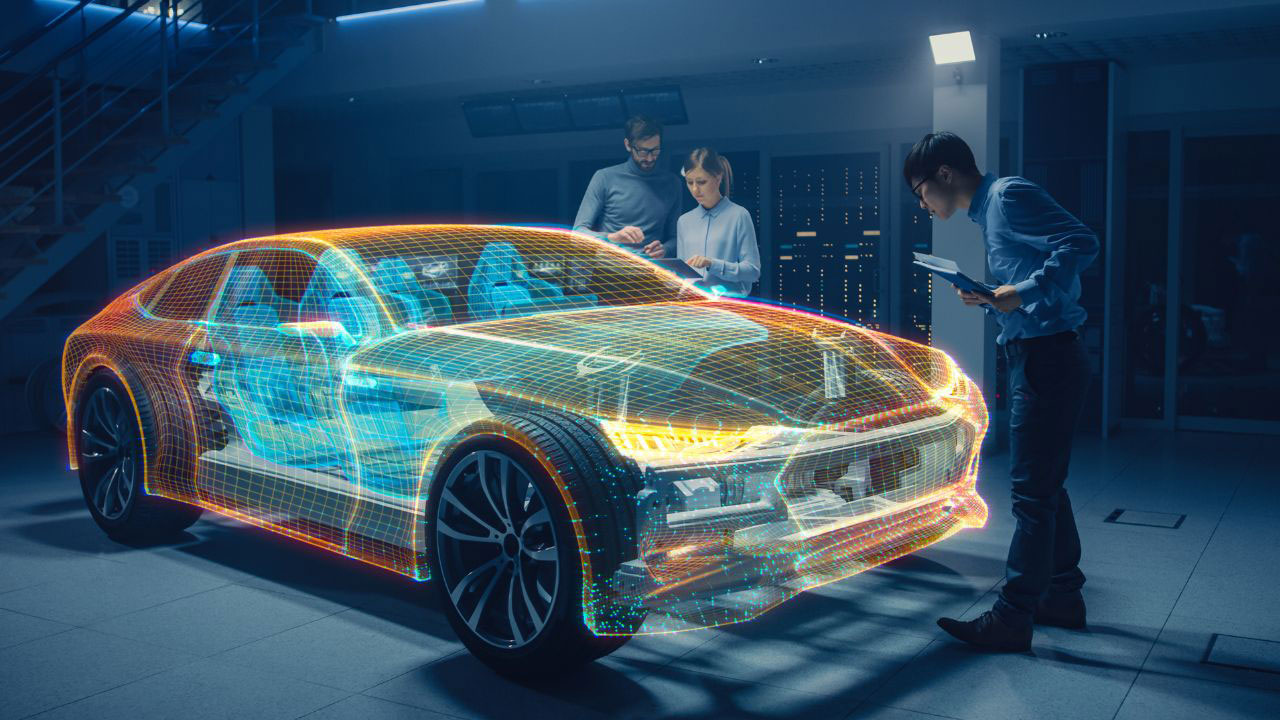The EV manufacturing in the US is witnessing a remarkable transformation. With the increasing demand for sustainable transportation solutions, the US automotive industry is swiftly adapting to the evolving landscape. The shift towards electric vehicles (EVs) is not just a trend; it is a revolution that is shaping the future of transportation. In this article, we will explore the current state of EV manufacturing in the US, the factors driving its growth, the challenges faced, and the future prospects.

The Rise of EV Manufacturing in the US
The rise of EV manufacturing in the US can be attributed to several factors. Firstly, there is a growing awareness of the environmental impact of traditional fuel vehicles. Consumers are increasingly opting for eco-friendly alternatives, which has led to a surge in demand for electric vehicles. This shift in consumer preference is further supported by government incentives and policies aimed at promoting the adoption of EVs.
Government Policies and Incentives
Government policies play a crucial role in promoting the growth of EV manufacturing in the US. The federal government has introduced various incentives, such as tax credits and grants, to encourage both manufacturers and consumers to embrace electric vehicles. Additionally, state governments have implemented their own initiatives to support the transition to EVs. These policies not only provide financial benefits but also create a favorable environment for the growth of the EV industry.
Technological Advancements
Technological advancements have significantly contributed to the growth of EV manufacturing in the US. Innovations in battery technology, charging infrastructure, and vehicle design have made electric vehicles more efficient, affordable, and accessible to consumers. Companies like Tesla have revolutionized the industry by introducing cutting-edge technologies that have set new standards for EVs. The continuous development of advanced technologies is expected to further accelerate the growth of the EV market in the US.
Challenges Faced by EV Manufacturers
Despite the rapid growth of EV manufacturing in the US, there are several challenges that manufacturers must overcome. One of the primary challenges is the high cost of production. The cost of raw materials, particularly batteries, remains a significant barrier to the widespread adoption of electric vehicles. Manufacturers are actively working towards reducing production costs through economies of scale and technological advancements.
Infrastructure Development
Another challenge faced by EV manufacturers is the inadequate charging infrastructure. The availability of charging stations is crucial for the success of electric vehicles. While there has been progress in expanding the charging network, there is still a long way to go to ensure widespread accessibility. Public and private partnerships are essential to accelerate the development of a robust charging infrastructure.
Consumer Perception
Consumer perception is also a significant challenge for EV manufacturers. Many consumers still have concerns about the range, reliability, and performance of electric vehicles. Educating consumers about the benefits of EVs and addressing their concerns is crucial to increasing adoption rates. Additionally, offering diverse models and options can cater to different consumer preferences and further drive the growth of the EV market.
Future Prospects of EV Manufacturing in the US
The future of EV manufacturing in the US looks promising. With ongoing advancements in technology, increasing consumer awareness, and supportive government policies, the EV market is expected to continue its upward trajectory. The Biden administration’s commitment to achieving net-zero emissions by 2050 further reinforces the importance of electric vehicles in the country’s transportation strategy.
Expansion of Domestic Production
As the demand for electric vehicles continues to rise, there is a growing emphasis on expanding domestic production. Several automakers are investing in new manufacturing facilities and retooling existing plants to accommodate EV production. This shift towards domestic production not only reduces reliance on imports but also creates job opportunities and strengthens the US economy.
Collaborations and Partnerships
Collaborations and partnerships between automakers, technology companies, and government agencies are crucial for the growth of EV manufacturing in the US. By working together, stakeholders can leverage their expertise, resources, and networks to drive innovation and overcome challenges. These collaborations are expected to accelerate the development and adoption of electric vehicles in the coming years.
Conclusion
In conclusion, EV manufacturing in the US is experiencing significant growth, driven by factors such as government policies, technological advancements, and changing consumer preferences. While challenges remain, the future prospects for the EV industry are optimistic. With continued efforts and collaboration, the US is poised to become a global leader in electric vehicle manufacturing, paving the way for a sustainable and greener future.

FAQs
What are the main factors driving the growth of EV manufacturing in the US?
The main factors driving the growth of EV manufacturing in the US include government policies and incentives, technological advancements, and increasing consumer awareness and demand for sustainable transportation solutions.
What challenges do EV manufacturers face in the US?
EV manufacturers in the US face challenges such as high production costs, inadequate charging infrastructure, and consumer perception regarding the range and reliability of electric vehicles.
What is the future outlook for EV manufacturing in the US?
The future outlook for EV manufacturing in the US is promising, with ongoing advancements in technology, supportive government policies, and collaborations between stakeholders expected to drive the growth of the industry.





